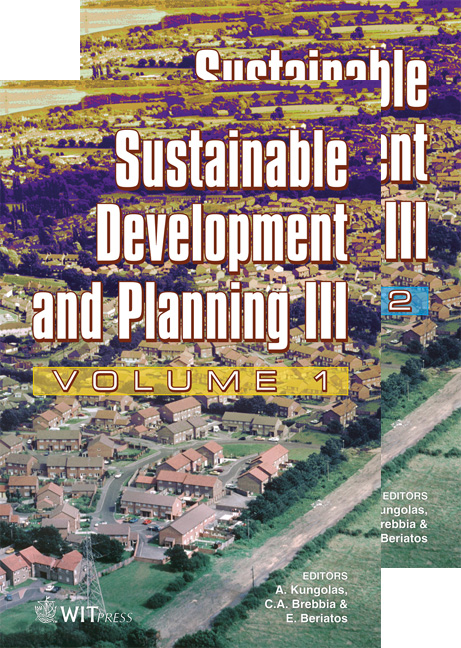Underground Development In Urban Areas: The Birth, The Evolution And The Perspectives Of The Trend
Price
Free (open access)
Transaction
Volume
102
Pages
10
Published
2007
Size
497 kb
Paper DOI
10.2495/SDP070211
Copyright
WIT Press
Author(s)
A. A. Mavrikos & D. C. Kaliampakos
Abstract
In recent decades the world has experienced an unprecedented population growth. However, what is more interesting is the pattern of the growth. Urbanization is the term that characterizes this phenomenon and is responsible for the creation of large urban centers. Nevertheless, these \“megacities” face multiple problems related to the environmental conditions, traffic and the quality of life that challenge their future sustainability. In this context underground development offers a feasible, long-term solution according to the principles of sustainable development. The present paper analyzes the stages of the trend as it evolved from the early days until recent findings. Keywords: underground development, sustainable development, urban areas. 1 Introduction One of the most remarkable features of the previous century is the growth of the global population. In the beginning of the 20th century the world population amounted approximately to 1.6 billion. Today the population of our planet is around 6.5 billion and estimations forecast that it will reach 9 billion by 2030. The study of the statistical data regarding the development of urban centers reveals that in 1800 the percentage of the total population that lived in urban regions was only 3%. In 1820 London became the first city that exceeded 1 million residents; in 1900 the number of cities with a population of 1 million residents amounted to 11, whereas the percentage of the total population that lived in urban regions had risen to 14%. From this point onwards the population development was very fast. In 1950 the population of our planet was 2.5 billion
Keywords
underground development, sustainable development, urban areas.





